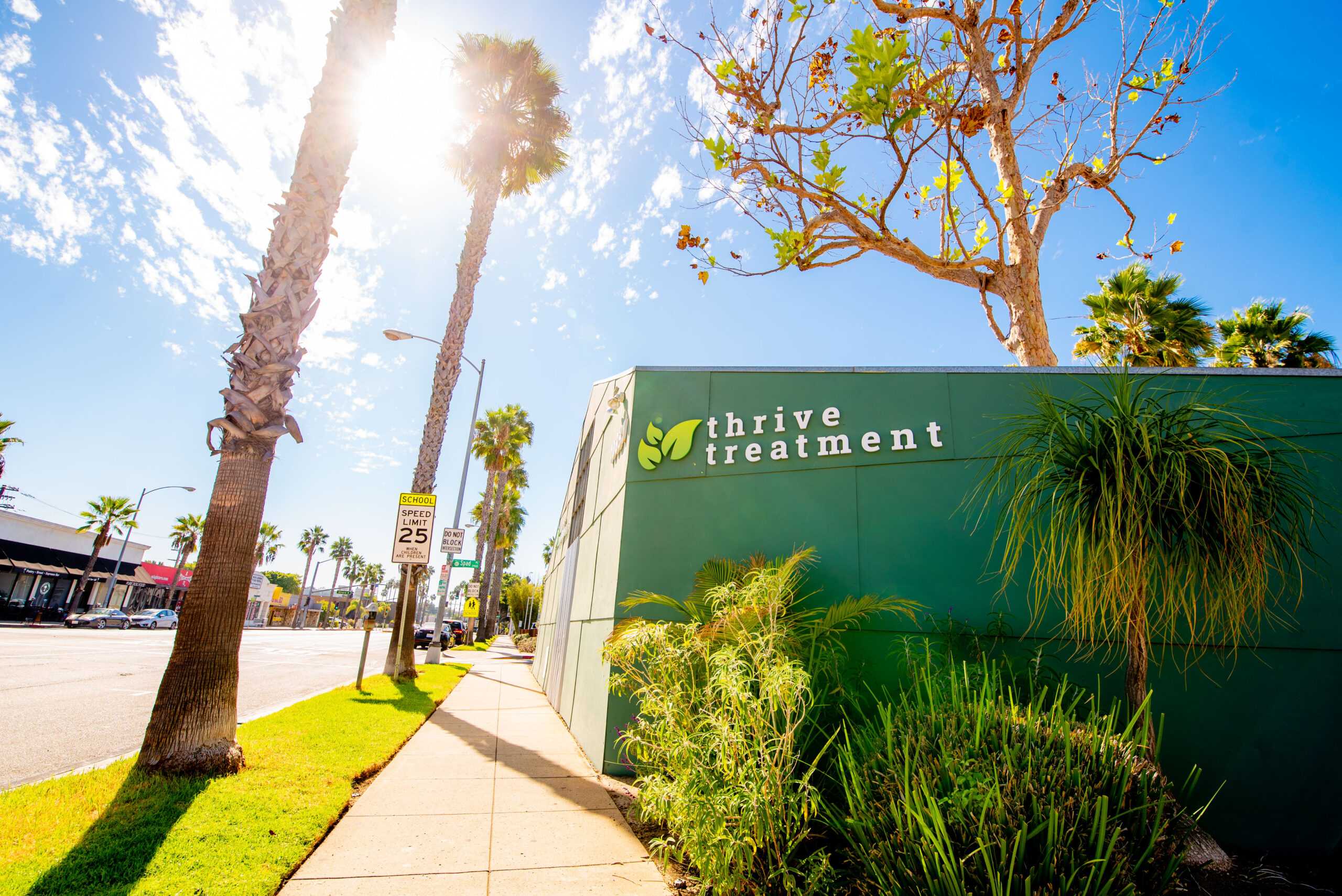Dual Diagnosis Treatment
What is Dual Diagnosis
Dual diagnosis, aka co-occurring disorders, is a term used for individuals who struggle with both a mental disorder and alcohol or drug abuse. With dual diagnosis, either disorder can begin to appear first. People who struggle with a mental health condition will sometimes turn to drugs and/or alcohol as a form of self-medication. In turn, people who have an alcohol or drug dependency can worsen the effects of an underlying mental health condition.
If somebody is diagnosed with co-occurring disorders, they need to treat both conditions with each illness requiring a treatment plan of its own. If a treatment is going to be effective, the person needs to quit using alcohol or drugs. Finding the kind of integrated care necessary to overcome dual diagnosis can be challenging due to the completely different cultures of the mental health and substance recovery fields.
Symptoms of dual diagnosis are unique
The signs and symptoms of dual diagnosis will vary based on the type of mental disorder that is diagnosed and the drug of choice that accompanies it. To help you better understand, let’s say you know somebody who is struggling with alcohol abuse and bipolar disorder, the symptoms here will be different than those of an individual who is struggling with a heroin addiction and depression. The one thing that most dual diagnosis patients have in common is that they find it incredibly difficult to cope with their disorders and function on a day-to-day basis. Most often people with dual diagnosis struggle with:
- Unemployment or an inability to maintain a job
- Poverty
- Maintaining a functional relationship
- Chronic health complications
- Legal issues
- Mood swings and uncontrollable emotions
If you didn’t already know, your loved one’s personal struggles will make it nearly impossible to depend on them. They may have episodes during family gatherings, be unable to take care of themselves and hinder their family’s ability to live a normal life. When the drug problems and emotional issues of your loved one begin to affect other people in the family, it is time to seek out treatment.
How to Treat Dual Diagnosis?
Integrated intervention is one of the best ways to treat dual diagnosis effectively. Integrated intervention is when an individual is treated for both their mental illness and drug addiction. In the 1990’s, patients were refused to be treated for their mental illness until they were able to conquer their drinking problem. This way of thinking is outdated to say the least, and doctors know that to cure a patient, effectively, both issues need to be addressed.
You and your treatment provider should work together so you both understand how each condition affects the other and how to make the treatment as effective as possible. Everyone will need their own unique treatment plan, but here are some common methods used today:
Detoxification – Detox is one of the first major hurdles for somebody with dual diagnosis. As you might expect, inpatient detox is typically more effective than outpatient as far as safety and sobriety. When a patient goes the route of inpatient detox, they are monitored at all times by a trained staff member; this can last for up to seven days. In some cases, the staff member will attempt to wean a person off the substance by administering tapering amounts to lessen the impact of withdrawal.
Inpatient Rehab – Inpatient rehabilitation is often the best treatment for somebody experiencing a mental disorder and showing patterns of drug dependency. With inpatient rehabilitation, they can receive medical and mental health care around the clock. A good treatment center will provide medication, support and therapy to help treat an individual suffering from dual diagnosis. Intensive Outpatient Programs can also be a very effective treatment for addiction. Thrive Treatment℠ is a IOP program with great ratings.
Sober Living – Essentially the same thing as a group home or sober house, a residential treatment center whose main objective is to help the newly sober avoid relapse. Since these homes are often not run by a licensed professional, the level of quality care will vary. Many of these homes have been criticized, so do your research before you choose one. The Last House is a great example of a highly reviewed sober living that works.
Psychotherapy – This can be a big part of treating a dual diagnosis patient effectively. More specifically, cognitive behavioral therapy teaches people how to cope with and alter ineffective thinking patterns.
Self-help & Support Groups – The feeling of dual diagnosis is one that is challenging and isolating. In support groups, members can share frustrations and celebrate achievements. People with dual diagnosis can find others with the same affliction and receive referrals for specialists as well as recovery tips from peers. In a support group, everybody has the same goal: to get better. This kind of setting will provide individuals with a clean space that can support the growth of healthy relationships.
Receiving the treatment you or your loved one needs to cope with dual diagnosis can be difficult. Most rehabilitation facilities work with a variety of addictive behaviors, but don’t usually provide the necessary treatment for the underlying mental disorders. Traditionally, substance abuse and mental disorders have always been treated separately. Recently, addiction experts noticed the importance of integrating the treatment of substance abuse and mental disorders to form a single recovery program. The treatment of dual diagnosis should be its own discipline, combining components of substance abuse treatment with the best practices in psychiatric care.
If one of the two dual diagnosis disorders is left untreated, both will usually get worse. The combination of two separate disorders can lead to a poor response to treatments and an increased risk of other serious medical complications.
If you or a loved one is suffering from dual diagnosis, they’re not alone. Based on a national survey on drug use and health, more than eight-million people in the U.S. alone suffer from mental disorder and substance abuse simultaneously. Admitting that there is a problem is the first and most important step towards recovery. The next step is to get you or your loved one the quality care they need to get better.



